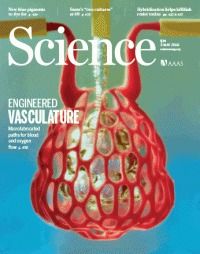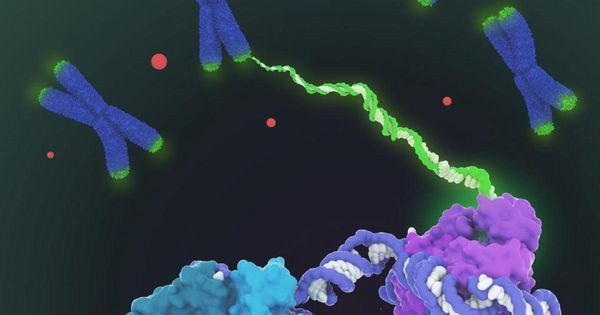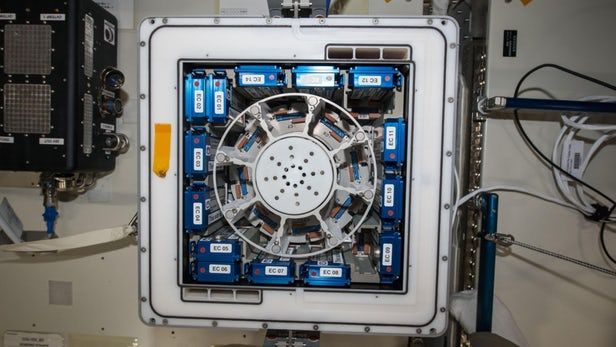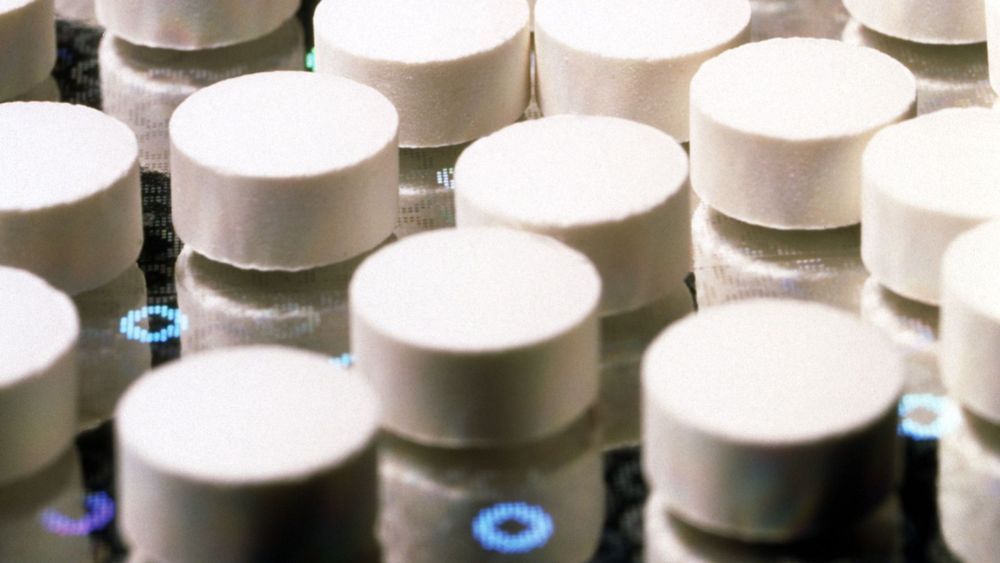In his 1971 State of the Union address, president Richard Nixon promised to kick off what would soon come to be known as the War on Cancer, asking congress for a $100 million appropriation to launch a campaign for finding a cure. “The time has come in America when the same kind of concentrated effort that split the atom and took man to the moon should be turned toward conquering this dread disease,” he said. “Let us make a total national commitment to achieve this goal.”
Welcome to the War on Aging, where death is optional.









